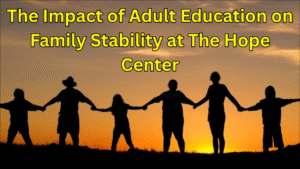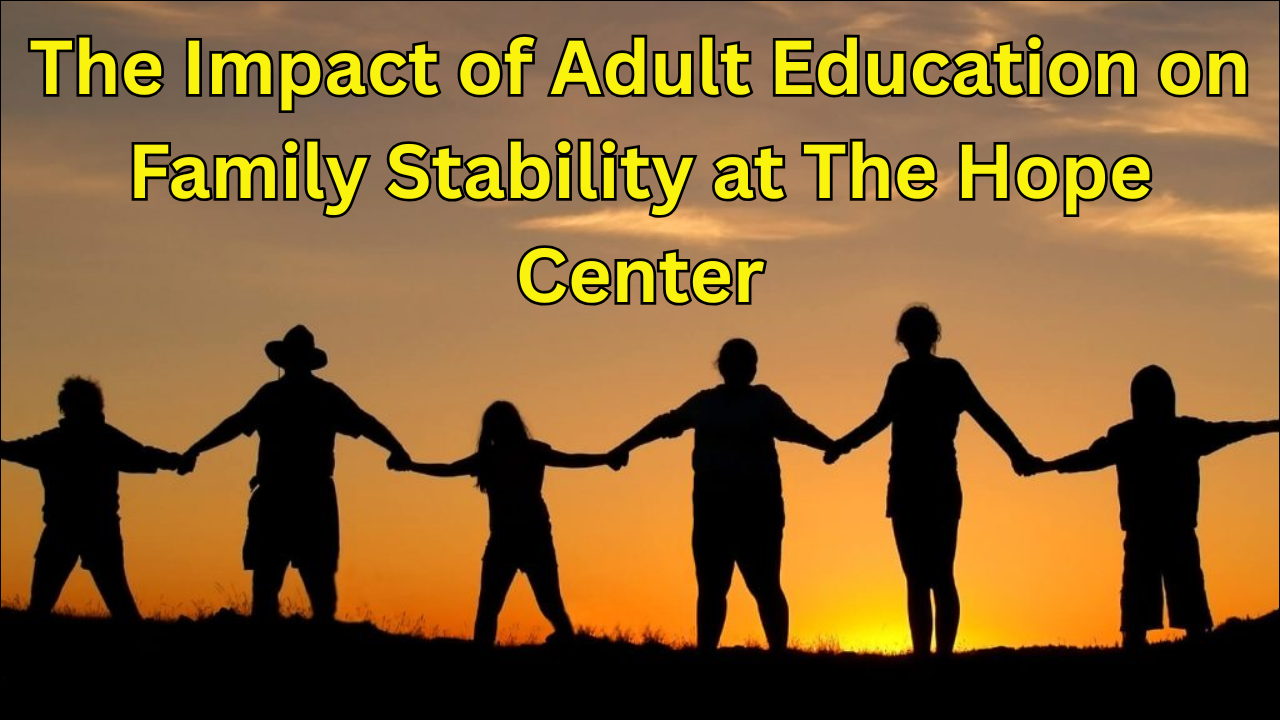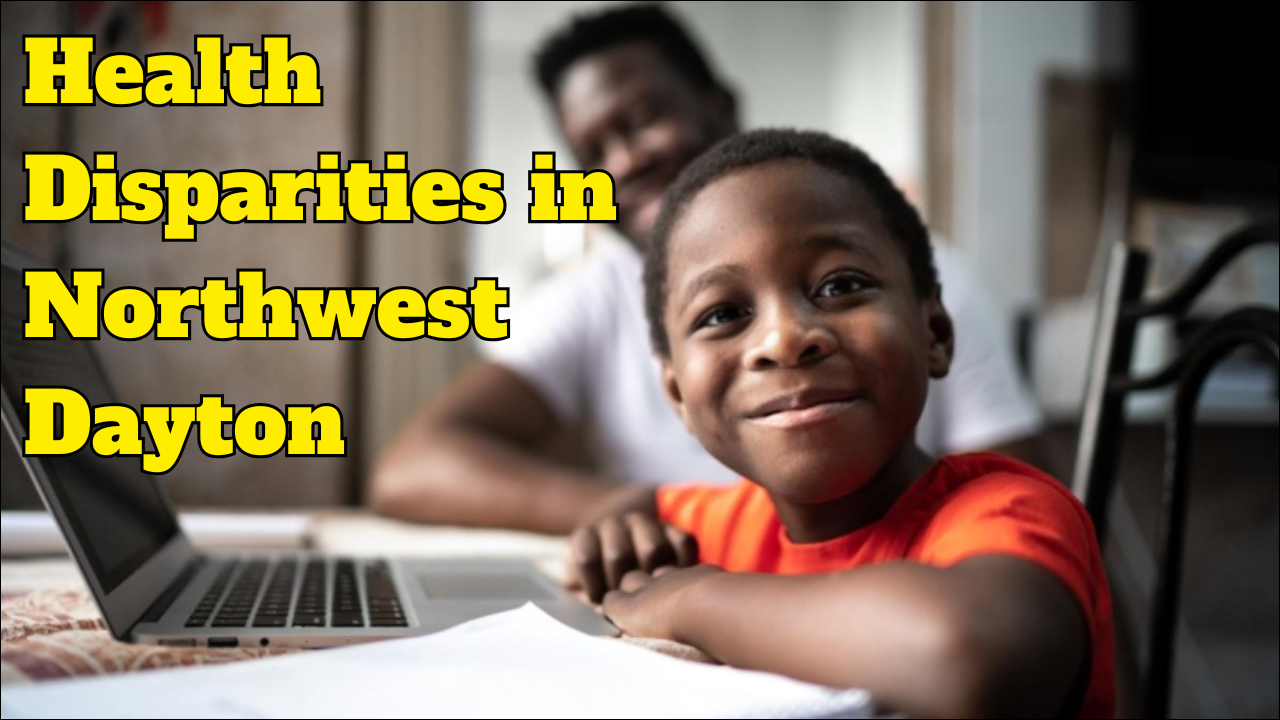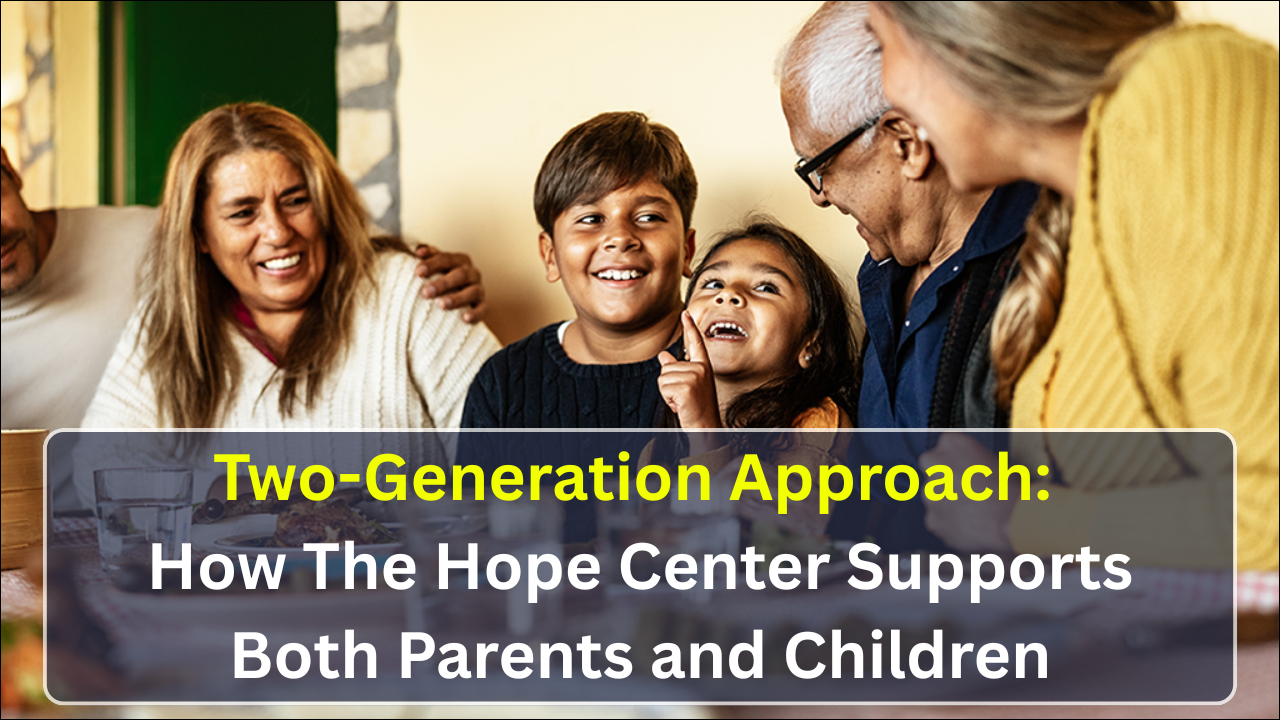
Nutrition and wellness programs play a vital role in supporting families in need by addressing food insecurity, promoting healthy lifestyles, and improving overall well-being. Organizations like The Hope Center for Families in Northwest Dayton exemplify how comprehensive programs can empower families to make healthier choices, prevent chronic diseases, and foster environments where children and adults can thrive. Access to nutritious food, education, and wellness resources not only improves health outcomes but also strengthens family stability and long-term economic prospects.
Table of Contents
1. Understanding Nutrition and Wellness Programs
Nutrition and wellness programs provide a combination of food assistance, education, and lifestyle support for families facing economic challenges.
- Food pantries and meal distribution programs ensure families have access to nutritious meals.
- Nutrition education teaches healthy eating habits, meal planning, and budgeting.
- Physical wellness programs, including exercise and recreational activities, promote healthy lifestyles.
- Family-focused interventions address the holistic needs of both adults and children.
2. Food Assistance and Security
Ensuring consistent access to healthy food is critical for physical growth and cognitive development.
- Emergency food distribution reduces immediate hunger for low-income families.
- Weekly or monthly food pantries provide staple items such as grains, proteins, and fresh produce.
- Special programs focus on infant nutrition, including formula and baby food support.
- Partnerships with local farms and grocery stores increase the availability of fresh and culturally appropriate foods.
Food Assistance Programs and Family Benefits
| Program | Target Group | Benefit |
|---|---|---|
| Emergency Food Distribution | Entire family | Immediate relief from hunger |
| Food Pantries | Low-income families | Access to healthy staple foods |
| Infant Nutrition Programs | Infants and toddlers | Proper growth and early development |
| Farm-to-Family Initiatives | Families in underserved areas | Fresh, nutritious produce |
3. Nutrition Education and Cooking Skills
Education empowers families to make informed choices that promote long-term health.
- Workshops teach balanced diet principles, portion control, and healthy substitutions.
- Cooking demonstrations provide practical skills for preparing nutritious meals on a budget.
- Culturally sensitive programs respect diverse dietary preferences and traditions.
- Family participation ensures that children learn healthy habits alongside caregivers.
4. Physical Wellness and Activity Programs
Regular physical activity supports health and reduces risks for chronic diseases.
- Exercise classes, fitness challenges, and recreational activities encourage active lifestyles.
- Family fitness programs promote participation and bonding between parents and children.
- Sports leagues and outdoor activities improve cardiovascular health and social skills.
- Integration with nutrition education reinforces the connection between diet, activity, and overall wellness.
Wellness Programs and Health Outcomes
| Program | Focus | Impact on Families |
|---|---|---|
| Fitness Classes | Strength, endurance, flexibility | Improved physical health and energy |
| Family Exercise Programs | Group activities for parents and children | Increased family engagement and bonding |
| Sports Leagues | Youth participation | Social skills, teamwork, and physical fitness |
| Wellness Challenges | Step-count competitions, nutrition tracking | Motivation for healthier lifestyle choices |
5. Addressing Chronic Health Conditions
Nutrition and wellness programs help manage and prevent chronic illnesses common in underserved populations.
- Diabetes education programs teach meal planning and blood sugar monitoring.
- Hypertension management includes dietary guidance and stress-reducing activities.
- Weight management support for adults and children promotes long-term health.
- Programs coordinate with healthcare providers for monitoring and follow-up care.
6. Family-Focused Holistic Approach
Programs that address the needs of the entire family yield stronger outcomes.
- Parent-focused nutrition education empowers adults to make healthy decisions for their households.
- Child-centered programs reinforce healthy habits and reduce obesity risks.
- Mental health support, including stress management and counseling, complements physical wellness initiatives.
- Holistic programming ensures families develop sustainable lifestyle changes, not just temporary solutions.
Holistic Family Wellness Programs
| Program Component | Description | Family Impact |
|---|---|---|
| Adult Nutrition Education | Budget-friendly meal planning, cooking skills | Improved household dietary choices |
| Child Nutrition Programs | School snacks, educational workshops | Healthy growth and learning readiness |
| Physical Activity | Family exercise, sports leagues | Enhanced physical and mental health |
| Mental Health Support | Stress management, counseling | Better family dynamics and resilience |
7. Community Collaboration and Support
Partnerships enhance program reach and effectiveness.
- Collaborations with local grocery stores, farms, and food banks increase access to healthy foods.
- Healthcare providers support nutrition education and chronic disease management.
- Schools integrate nutrition and wellness programs into the curriculum and after-school activities.
- Volunteer networks help deliver resources, workshops, and family engagement programs.
8. Economic and Social Benefits
Nutrition and wellness programs also positively affect broader community outcomes.
- Reduced healthcare costs through disease prevention and better management of chronic conditions.
- Improved school performance, as well-nourished children are more attentive and engaged.
- Increased workforce participation, as healthier parents are better able to work and care for their families.
- Strengthened social cohesion and community resilience through shared programs and resources.
Community Impact of Nutrition and Wellness Programs
| Benefit Area | Impact | Community Outcome |
|---|---|---|
| Health | Reduced chronic disease prevalence | Lower healthcare costs and a higher quality of life |
| Education | Improved focus and attendance | Enhanced academic achievement |
| Economic Stability | Healthier, able-bodied adults | Greater workforce participation |
| Social Cohesion | Community workshops and programs | Stronger neighborhood networks and support systems |
9. Challenges and Solutions
Programs must address barriers to maximize impact.
- Food Access: Transportation and distribution challenges require mobile pantries and community hubs.
- Participation: Engagement strategies include culturally relevant programming and incentives.
- Funding: Sustainable funding models through grants, donations, and partnerships maintain program continuity.
- Education Gaps: Continuous training and outreach ensure families understand nutrition and wellness concepts.
The Way Forward
Nutrition and wellness programs are essential for supporting families in need, promoting health, stability, and long-term success. Programs offered by organizations like The Hope Center for Families demonstrate that access to nutritious food, physical activity, and educational resources improves physical and mental health, supports child development, and strengthens families and communities. By addressing the interconnected needs of families holistically, these programs create a foundation for healthier, more resilient, and empowered communities.








